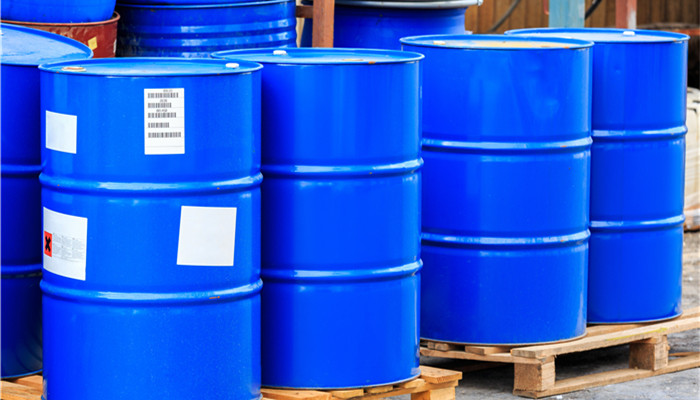
Organic nano-montmorillonite is a new polymer modifier and has broad prospects for industry development.
Montmorillonite, also known as colloidite and microcrystalline kaolinite, is a type of natural silicate mineral. It appears as white with light gray powder. It is insoluble in water and slightly soluble in organic matter such as benzene, acetone, and ether. Solvents are mainly used as bleaching agents and fillers, and are called “universal materials”. Montmorillonite can be modified to make its performance more superior, and it can become a new composite material through inorganic and organic modifications.
Organic nano-montmorillonite is organically modified montmorillonite, which is produced through ion exchange reaction using montmorillonite, organic modifier, cetadecyl or octadecyltrimethylammonium bromide as raw materials. A new class of nanocomposites. Organic nano-montmorillonite has good lipophilicity, fluidity, dispersion, chemical stability and other properties. It can be used as a broad-spectrum polymer modifier in ethylene-vinyl acetate copolymer (EVA), thermoplastic elastomer ( TPE), thermoplastic polyolefin (TPO) and other types of elastomers, it plays a role in improving polymer mechanical properties, thermal stability, mechanical properties, flame retardant properties, etc.
The main raw material of organic nano-montmorillonite is montmorillonite. Montmorillonite comes from montmorillonite mines. As one of the countries with the largest montmorillonite reserves in the world, my country’s montmorillonite mineral resources are widely distributed. The main producing areas include Inner Mongolia, Heilongjiang, Jilin, Liaoning, Shanxi, Shaanxi, Jiangsu, Zhejiang, and Guangxi. , Sichuan, etc. At present, the domestic production capacity of montmorillonite is relatively large, and the sufficient supply of raw materials has laid a good foundation for the development of the organic nano-montmorillonite industry.
The main application field of organic nano-montmorillonite is polyolefin resin. Driven by the rapid development of its application field, its market demand is increasing. In 2022, domestic EVA resin production will be approximately 1.2 million tons, TPE resin production will be approximately 2.6 million tons, and TPO resin production will be approximately 1 million tons. In the future, as the output of polyolefin resins continues to rise, the market penetration rate of organic nano-montmorillonite is expected to continue to increase, and the market development prospects are broad.
According to the “China Organic Nano-Montmorillonite Industry Market Monitoring and Future Development Prospects Research Report 2023-2027” released by the Industrial Research Center It shows that organic nano-montmorillonite is a technology-intensive industry. my country’s industry started relatively late. Currently, only a few companies have entered the market. The main companies include Zhejiang Fenghong New Materials, Beijing Yiwei Specialized Technology, and Jiangxi Gukang New Materials. wait. At present, the domestic production capacity of organic nano-montmorillonite is still relatively low. In the future, local companies will need to increase product and technology research and development efforts to promote the continuous improvement of their market supply capabilities.
Industry analysts said that organic nano-montmorillonite refers to organically modified montmorillonite materials and belongs to a new type of broad-spectrum Spectral polymer modifiers can be widely used in various polymer production scenarios such as EVA, TPE, TPO, etc., and play a role in improving polymer performance. However, as a new type of composite material, organic nano-montmorillonite currently has a relatively small number of domestic companies capable of supplying it, and there is still much room for development in the industry in the future.

 微信扫一扫打赏
微信扫一扫打赏

